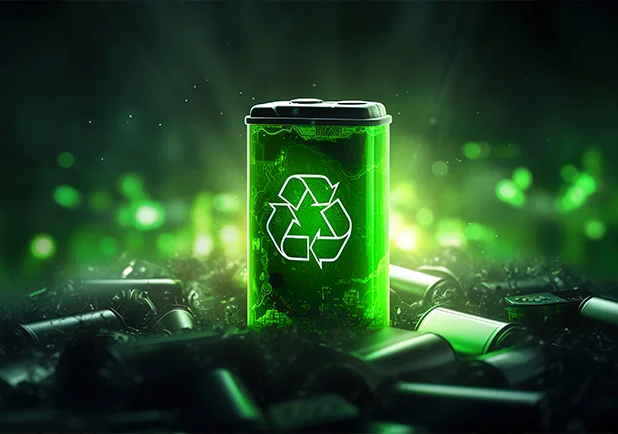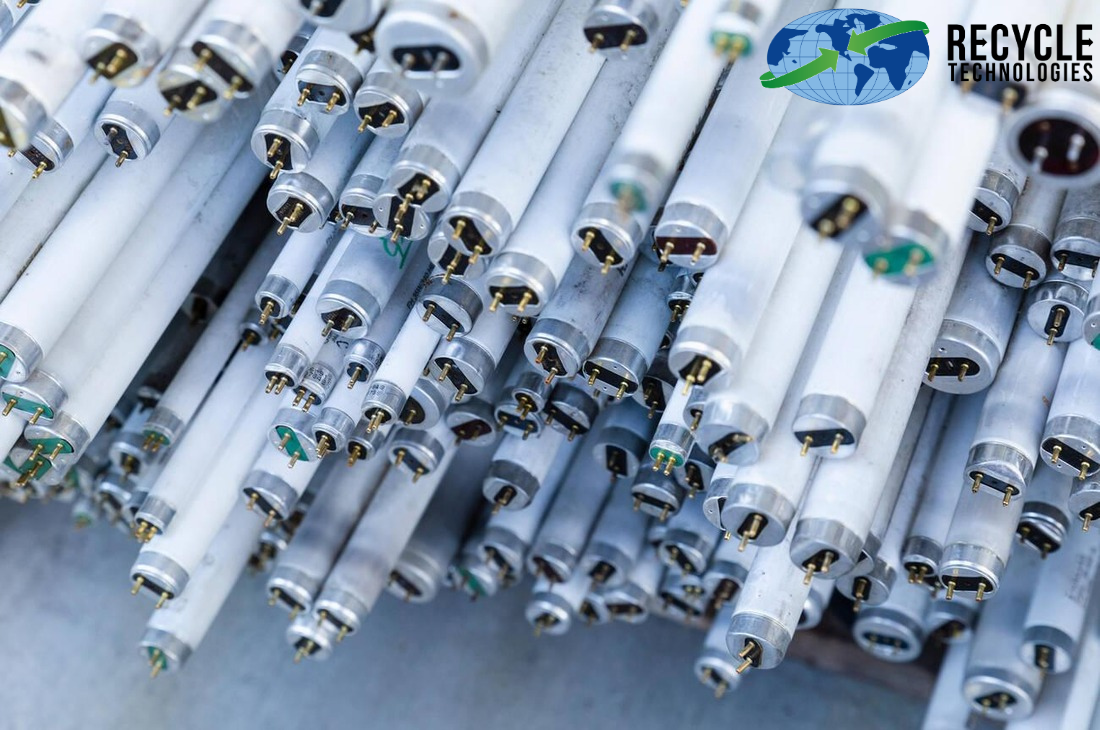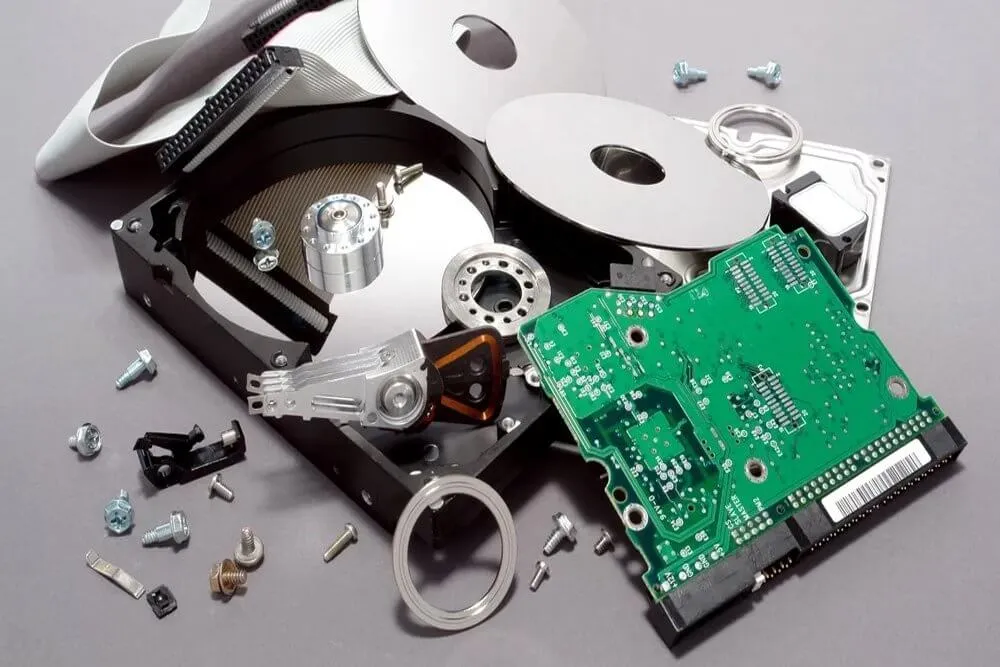There was once a time when mercury was believed to have magical powers. Today, we know that mercury is a fatal toxin that can only be disposed off using recycling methods.
Unfortunately, despite the health hazards highlighted by the research, mercury still comes in various home appliances. We find it in LEDs, thermometers, dental fillings, batteries, and fluorescent lamps. Mercury can be recycled, recovered, and converted into less harmful forms, reducing its emissions and impacts.
In this blog post, we will explore the current status and future trends of mercury recycling and ingenious techniques to minimize mercury pollution.
Why is Mercury Recycling Important?
The mercury from just one fluorescent tube is estimated to pollute 30,000 liters of water. Mercury pollution happens when mercury in freshwater bodies or landfills transforms into methylmercury. In its mutated form, mercury becomes a neurotoxin that accumulates in fish, which humans later consume.
In addition, recycling mercury reduces the need to mine it again, reducing cost, time, and energy, all with a single stroke. Incineration of mercury products might seem like an alternative, but all it does is pump mercury fumes into the air. Mercury vapor exposure affects the central nervous system the most, with reports suggesting it significantly alters the brain's functions.
Some symptoms from exposure to high levels of mercury vapor or long-term exposure to low levels can include memory loss, headache, sleeplessness, irritability, and tremors.
Present Efforts to Innovate Mercury Recycling
The United Nations Environment Programme (UNEP) estimated that in 2015 we generated 1,060 tonnes of recycled mercury. Although it is a considerable achievement, it still does not compare fair against the waste generated. Efforts are underway to curb mercury waste in the next 5 to 10 years.
Minamata Convention on Mercury emphasizes that countries must promote the best available techniques and environmental practices for mercury recycling. The Convention also encourages governments to phase out specific mercury products, such as thermometers, batteries, and lamps, by 2025.
Depending on the type and composition of the mercury-containing waste, we have listed some of the methods that are currently in use by many countries globally for mercury recycling:
Distillation
Using distillation, we can get 99.9% of mercury after it is vaporized and condensed. This method might seem like a game changer, but it requires high energy input and careful temperature and pressure control.
Retorting
This is a process of heating the waste in a closed vessel or furnace to volatilize the mercury, which is then captured by a gas-cleaning system. This method can recover mercury from solid wastes such as batteries, lamps, or mining tailings but may generate hazardous by-products such as dioxins or furans.
Chemical Process
Some recycling companies use chemical agents to extract or precipitate mercury. This method can be used for liquid wastes such as wastewater or sludge but may require pre-treatment or post-treatment steps to remove impurities or stabilize the mercury compounds.
Biological Process
The biological process of using microorganisms or enzymes to degrade or transform the mercury in the waste is in its very early phases. However, this method is yielding promising results. We can currently use it on organic waste such as soil or biomass. Even though it does not have the highest recycled output now, it has promising results for the future.
Future Trends of Mercury Recycling
At this point, we need to understand how mercury recycling can be improved and what challenges the industry faces. To make it a notch better, we need policies and regulations on national and international levels, as well as modern technology.
Policies and Regulations
In the US, different recyclers (such as Recycle Technologies) are a part of the Association of Lighting and Mercury Recyclers (ALMR), which keeps track of mercury recycling regulations. EPA also issued the Mercury and Air Toxics Standards (MATS) a decade ago, but it aims at getting mercury waste to a minimum in the next half a decade.
EPA has already partnered with government agencies to record which sites have been contaminated by mercury. They offer initiatives to clean up these sites and provide consumers, states, and tribes with guidance to reduce exposure. All these regulations are expected to rise soon.
Also Read: Mercury Recycling Kits
Innovative Future for Mercury Recycling
Developing new technologies and innovations can significantly help us mitigate mercury pollution. The following are some technologies researchers around the world are working at:
Nanotechnology
Nanoparticles or nanofibers can enhance the adsorption or catalysis of mercury from waste streams. The technology used here is mercury adsorption, which has fantastic results if used extensively. However, we still need extensive research to get definitive results.
Membrane Technology
Using membranes such as polymeric or ceramic membranes can separate or concentrate mercury from waste streams.
Electrochemical Technology
Electrochemical processes such as electrolysis or electrodialysis can recover or convert mercury from waste streams. The conversion of mercury into less harmful forms, such as sulfide or oxide, can reduce the risk of mercury release or exposure. However, there are challenges, such as the stability, disposal, or reuse of the converted products.
Conclusion
Mercury recycling is an important strategy to prevent mercury pollution and protect human health and the environment. However, mercury recycling faces various challenges, such as technical, economic, social, and regulatory barriers.
We require more efforts to promote developing and adopting more effective and sustainable technologies for mercury recycling. We need cooperation from all walks of life to standardize a new phase of mercury recycling– promoting a ban on all mercury products, recycling the remaining, and finding ways to come up with alternative solutions.
If you are interested in recycling mercury-containing products, call (800) 969-5166 or email us at dispatch@recycletechnologies.com.












